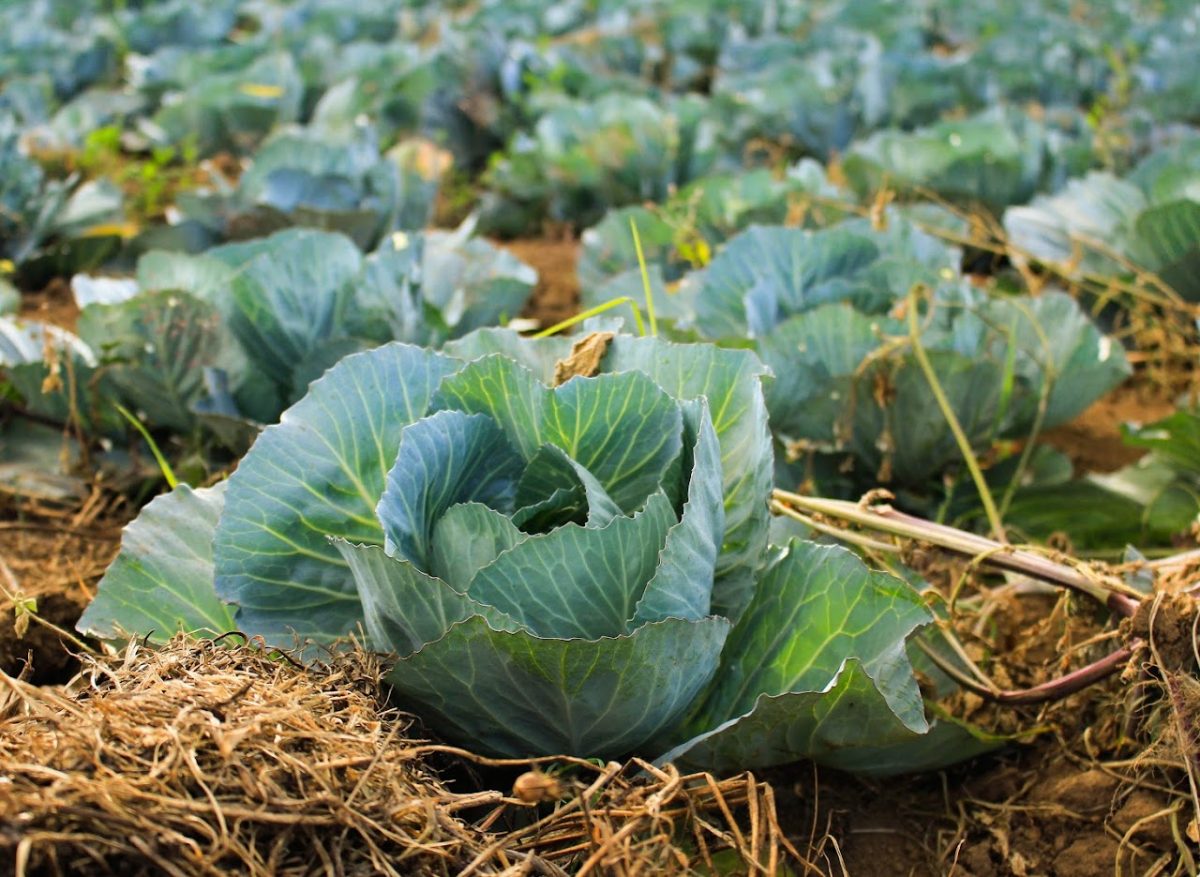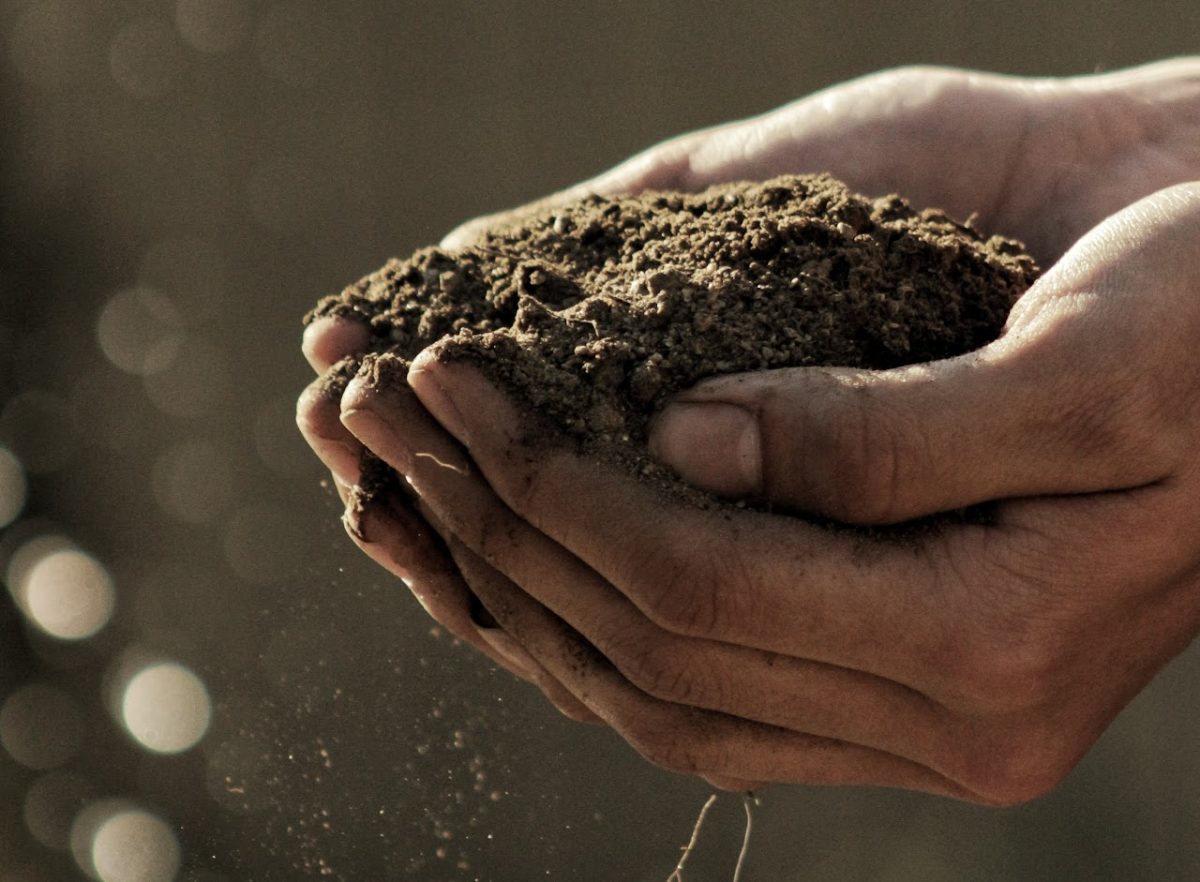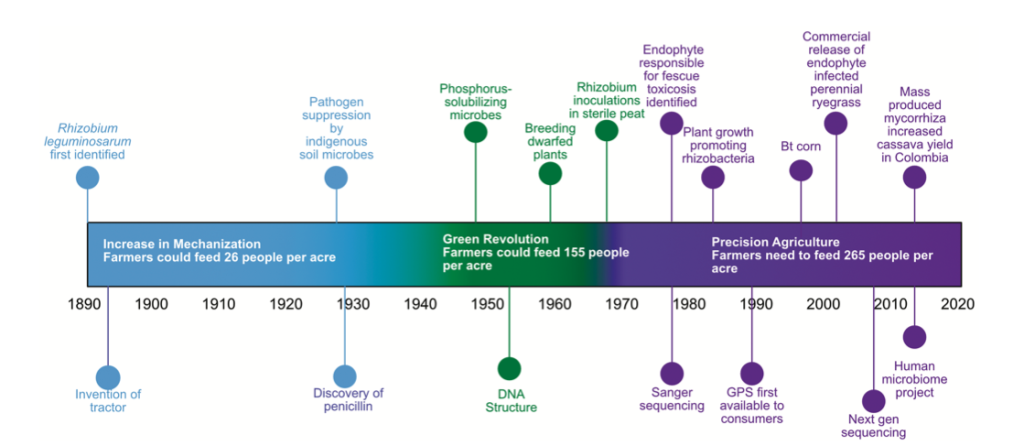Odds are you’ve heard about Regenerative Agriculture in one way or another. The term itself has been around for some years now but is rapidly picking up traction in consumer vernacular. Companies like Patagonia, Lush Cosmetics, and General Mills are actively promoting their dedication to regenerative agricultural practices in their raw materials sourcing and supply chain products. While four-year-old start-up, Indigo Ag, is paying farmers for volume carbon sequestered with regenerative practices.
But what is Regenerative Agriculture, and why are companies choosing for crops grown with regenerative practices over conventional methods?
Agriculture both large and small scale feeds the world’s 7 billion people. We all depend on it for food, clothing, energy, yet it consumes 80% of the world’s accessible freshwater resources and is often a contributor to the depletion of topsoils, deforestation, and land degradation. The global food system (from production, processing, and distribution) summates to a total of 26% of greenhouse gas emissions.
Why Farmers Farm
Yields for many crops have been plateauing for many years, resulting in continual efforts to maintain viability by increasing artificial inputs (think fertilizers, herbicides and pesticides). Overuse of artificial inputs often leaves soils depleted of valuable nutrients, and farmers’ profits being squeezed from both increased costs and drops in yield quality and amount.
This input dependency creates a vicious cycle of increased demand, increased expense and narrowing margins. Which leaves us wondering why farmers farm, and knowing why many farmers must have 2nd or 3rd jobs to maintain a livelihood.
Today’s food system relies largely on large-scaled production, where monoculture is the standard in order to reach demand requirements. Consumer diets and food preferences are contributing to a rise in obesity and malnutrition, yet often in western society, food is grossly undervalued and wasted.
Farmers are in a unique position to change this. They maintain the land, the production, and the ability to change our perspectives on the value of crops and soil. With companies and consumers alike becoming aware of the potential impact of regenerative practices, soon growers will have to make changes.
Soil, not dirt
Soil is complex. Our most knowledgeable soil scientists are only starting to scratch the surface in understanding how soil works. Rattan Lal, Professor of Soil Science at Ohio State University and 2020 laureate for the World Food Prize, is a long-time proponent of regenerative agriculture and considers the key for successful farming lies in the soil.
According to a 2018 OSU interview, Lal estimates that 135 billion tons of carbon have been lost into the atmosphere, in part due to agricultural practices, like plowing, slash and burn, and post-harvest bare soil. Regenerative agricultural practices can help reverse this loss by removing 65-75 parts per million of CO2 from the atmosphere, which according to Lal would equate to sequestering 135 billion tons of CO2 back into the soil over the course of 25 to 50 years.
“Soil and agriculture normally are considered a problem, a source of pollutants. But it’s really the other way around. Properly managed, agriculture and soil are the solutions to environmental problems.” Rattan Lal, Professor of Soil Science, OSU.
Regenerative agriculture is focused on the regeneration of the soil, rather than maintaining the status quo. Successful regenerative agriculture is based on its ability to both rebuild and improve organic matter and microorganisms in the soil, while at the same time removing CO2 from the air, mitigating topsoil degradation, and runoff water pollution. This focus on soil improvement is complemented by improvements in productivity and economic efficiencies.
Many practitioners of regenerative agriculture see yields maintained, or improved over conventional practices. At the same time, establishment and input costs are heavily reduced, improving the economic viability of their farm.
“Soil and agriculture normally are considered a problem, a source of pollutants. But it’s really the other way around. Properly managed, agriculture and soil are the solutions to environmental problems.”
Rattan Lal, Professor of Soil Science, OSU
Regenerative Agriculture
David Montgomery’s Growing a Revolution: Bringing our Soil Back to Life postulates that regenerative agriculture should focus on replicating rather than conquering natural ecosystems.
Soil needs protection. Coverings like mulch, grasses, clippings or other sorts of (organic) materials provide much-needed physical protection. Soil left uncovered is left to the elements, which damage its mineral constituents, and kill off microorganisms. Soil coverage also protects from extremes in temperatures, droughts, and soil depletion from wind, maintains the topsoil, and mitigates degradation. At the same time, using leguminous cover crops often provides nitrogenating properties supporting crop growth; slow decomposing mulch provides fuel for microorganism growth.
No-till agriculture minimizes the damage to topsoil with plowing. Often farmers will drill seeds into the soil rather than plow, reducing erosion, decreasing fungal damage, and preventing soil compaction.
Mimicking natural ecosystems, regenerative fields should foster diversity in flora and fauna, and minimize monocultures where possible. While not always practical, there are systems (see strip cropping) that maintain a level of crop diversity while achieving scale. Diversity in timing, utilizing a variety of crop rotation and cover crops support this.
Maintaining plant and root structure in the soil achieves multiple benefits. Roots provide both sugars which feed the soil microbiome while promoting aeration of the soil. This forms a symbiotic relationship between fungi and plants to help boost crop resilience and reduce the need for external (artificial) inputs.
Lastly, integrating livestock into the rotation provides an additional source of organic soil amendments. Along with fertilization, controlled grazing and trampling boost the soil microbiome and significantly boost soil health.
Put your money where your mouth is
We know we’re facing a soil crisis. It’s a finite resource, which we must ensure is maintained in order to continue feeding and clothing the world’s 7 billion people. Recently, a consortium of farmers, businesses, and soil health experts started the Regenerative Organic Certification in 2017, in order to bring greater awareness of regenerative practices on farms to consumers.
Ultimately the transition to regenerative organic farming must come from both farmers and consumers. Farmers demanding the transition as a way to maintain their livelihood alongside their role in soil stewardship, and consumers who need to take responsibility for purchasing and contributing to sustainably responsible agricultural practices.



